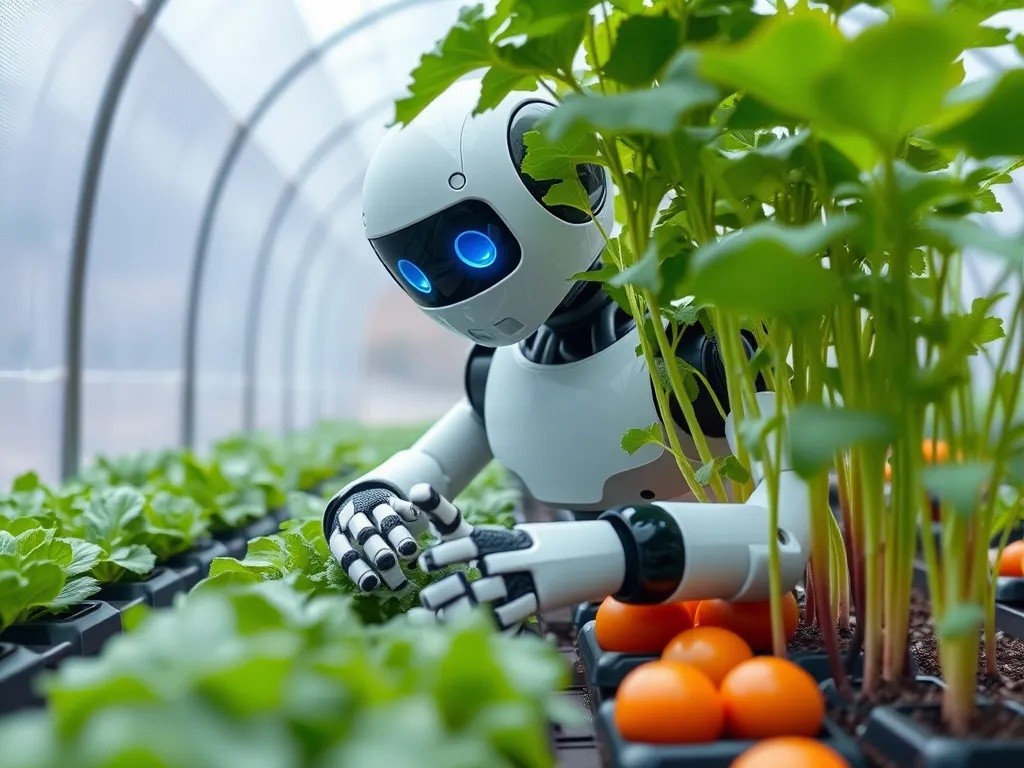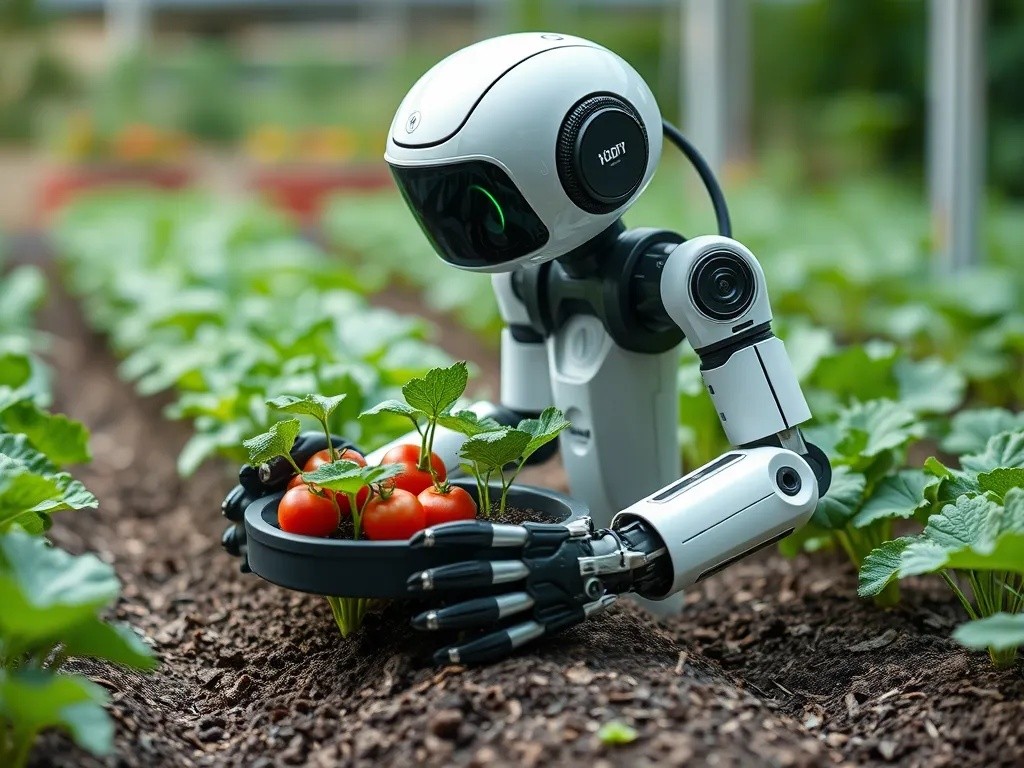In recent years, there has been a significant advancement in the field of Artificial Intelligence (AI) and Augmented Reality (AR). These technologies have become increasingly popular and have the potential to enhance virtual experiences in various fields such as gaming, education, healthcare, and...
Robot Gardener Grows Vegetables Faster Than Traditional Farming

The agricultural industry is experiencing a technological revolution that promises to transform how we grow food. Advanced robotic gardening systems are now capable of producing vegetables at unprecedented speeds, outpacing traditional farming methods by significant margins. This breakthrough technology represents a paradigm shift in agriculture, offering solutions to global food security challenges while maximizing efficiency and sustainability.
The Technology Behind Robot Gardening
Modern robot gardeners utilize sophisticated artificial intelligence, precision sensors, and automated systems to create optimal growing conditions for vegetables. These machines operate 24/7, continuously monitoring and adjusting environmental factors that affect plant growth.
Key Components of Robot Gardening Systems
- AI-powered growth optimization algorithms
- Precision watering and nutrient delivery systems
- LED lighting arrays with customizable spectrums
- Climate control sensors and actuators
- Automated planting and harvesting mechanisms
- Real-time monitoring and data analytics
Speed Advantages Over Traditional Methods
Robot gardeners achieve faster vegetable production through several innovative approaches. Unlike traditional farming, which relies on seasonal cycles and weather conditions, robotic systems create controlled environments that eliminate these limitations.
Accelerated Growth Factors
The speed advantage comes from precise control over multiple growth variables. Robot gardeners can maintain optimal temperature, humidity, and light conditions around the clock. They deliver nutrients directly to plant roots in perfectly calibrated doses, eliminating the guesswork involved in traditional fertilization. Additionally, these systems can extend daylight hours artificially, allowing plants to photosynthesize for longer periods.
Comparative Growth Rates
Research indicates that robot-grown vegetables can mature 30-50% faster than their traditionally farmed counterparts. Leafy greens like lettuce and spinach show the most dramatic improvements, with some varieties reaching harvest-ready size in just 21 days compared to the typical 45-60 days in conventional farming.

Benefits Beyond Speed
Resource Efficiency
Robot gardening systems use significantly less water and nutrients than traditional farming. Precise delivery mechanisms ensure zero waste, while recycling systems capture and reuse resources. This efficiency translates to both environmental benefits and cost savings for producers.
Consistent Quality and Yield
Automated systems eliminate human error and environmental variability, resulting in consistent crop quality and predictable yields. Every plant receives identical care, leading to uniform size, color, and nutritional content across harvests.
Challenges and Limitations
Despite their advantages, robot gardening systems face certain obstacles. The initial investment costs are substantial, making them challenging for small-scale farmers to adopt. Additionally, these systems work best with certain types of vegetables, particularly leafy greens and herbs, while larger crops like corn or wheat remain better suited to traditional methods.
Technical Considerations
- High upfront capital requirements
- Need for technical expertise and maintenance
- Limited crop variety compatibility
- Energy consumption for artificial lighting and climate control
Future Implications
As robot gardening technology continues advancing, we can expect even greater improvements in speed and efficiency. Integration with renewable energy sources will address current environmental concerns, while decreasing costs will make these systems accessible to more farmers worldwide.
Impact on Global Food Security
The ability to grow vegetables faster and in controlled environments could revolutionize food production in areas with challenging climates or limited arable land. Urban farming initiatives are already incorporating robot gardening systems to bring fresh produce closer to city populations, reducing transportation costs and environmental impact.
Robot gardeners represent more than just a technological advancement; they embody a sustainable solution to feeding our growing global population. As these systems become more sophisticated and affordable, they will likely become integral components of modern agriculture, working alongside traditional farming methods to ensure food security for future generations.



